The HTC One M9 Review: Part 1
by Joshua Ho on March 22, 2015 7:00 PM EST- Posted in
- Smartphones
- HTC
- Qualcomm
- Mobile
- Snapdragon 810
- One M9
Software: Sense 7
On the software side of things, HTC has refreshed Sense for its latest incarnation, but the changes are relatively few and we’ve generally covered most of them in the launch article, but it’s still well worth going over again. With this new generation of Sense, HTC seems to be more focused upon refining Sense rather than a major redesign. To this end, they’ve introduced a few new key features, but everything else has had only a few minor changes in terms of aesthetics in order to clean things up.
The first major feature that HTC wants to highlight is Sense Home, which is effectively a system that relies on location and time of day to present applications and to avoid cluttering home screens with a sea of icons, as HTC puts it. To this end, I found that the system actually works pretty well, but I’m not really sure if it’s all that valuable as I tend to use a small set of the same applications regardless of location and the time of day. I think the harder problem that HTC needed to solve to really make this a compelling experience is to try and predict cases where applications aren’t on a homescreen but are likely to be used in the near future. However, the problem here is that Google Now basically solves that problem as well. As a result, power users aren’t really going to be very interested in using this widget. There are also some issues with how the app requires a “recommended apps” folder, which ends up rather intrusive in practice feels closer to sponsored placement than anything else.
The other features HTC highlighted as new additions were additional personalization and lock screen recommendations. In general, these are definitely helpful additions to the UI. The personalization allowed on the on screen buttons makes it possible to do things like enable and disable rotation, hide the on screen buttons, put the phone to sleep, open the notification drawer, or open the quick settings drawer. The ability to customize and rearrange these navigation buttons is definitely a neat feature, and it’s good to see that HTC is taking advantage of the on screen buttons even if it isn’t a novel idea.
Themes were the other aspect that was meant to make Sense 7 more personal for the end user, and this is probably the single biggest change to Sense 7 when compared against the previous version. HTC has really made it easy to customize themes with a single tap, by taking a wallpaper or any photo and automatically generating icons, backgrounds, and color schemes based upon the photo given. In addition, it’s possible to download themes from HTC’s theme application, and it’s also possible to make a custom theme online for extra control. In practice, after testing out the theming system, I’m not really sure that the default system is really all that useful. It does work as promised, but the results aren’t really going to fit with anything that follows Holo or Material Design guidelines. I definitely think that someone that makes a determined effort could make a compelling theme, but this is by no means guaranteed.
The final change is to the lock screen, which introduces food and drink recommendations on the lock screen. Once again, there’s a sense that this isn’t done purely for the sake of user experience, but in my experience this aspect of Sense is at least somewhat helpful, even if most suggestions end up being ignored. In practice, I’m not sure that a lot of users will find this feature all that helpful, and there is some level of concern that such location polling could reduce battery life, but it’s hard to notice such impacts without extensive usage and comparison.
Outside of these changes, Sense 7 is mostly composed of cosmetic changes. These do help to make the UI look a bit more modern, but HTC definitely needs to do a redesign to make everything fit in with material design. Unfortunately, it’s rather hard to show this with pictures as so much of Material Design is focused on animations which help to introduce a sense a continuity. While Lollipop’s animations help to make it feel like everything is grounded in a certain way, Sense 7 seems to have some rather jarring animations, such as returning to home screens without any real transition at all. There are cases where HTC does get this right, like the quick settings menu, but in general this seems to be a weakness of Sense 7.
Overall, Sense 7 remains a relatively strong UI, even if the additions over Sense 6 aren’t particularly compelling. HTC has managed to do a good job here, but future versions definitely need to focus more strongly on keeping up with Google’s design guidelines. There also seems to be some minor frame drops in rare cases in the UI, which seems to suggest either that Sense 7 isn’t as optimized as Sense 6 or that the Snapdragon 810 isn’t able to ramp up as quickly to respond to demand as previous SoCs.


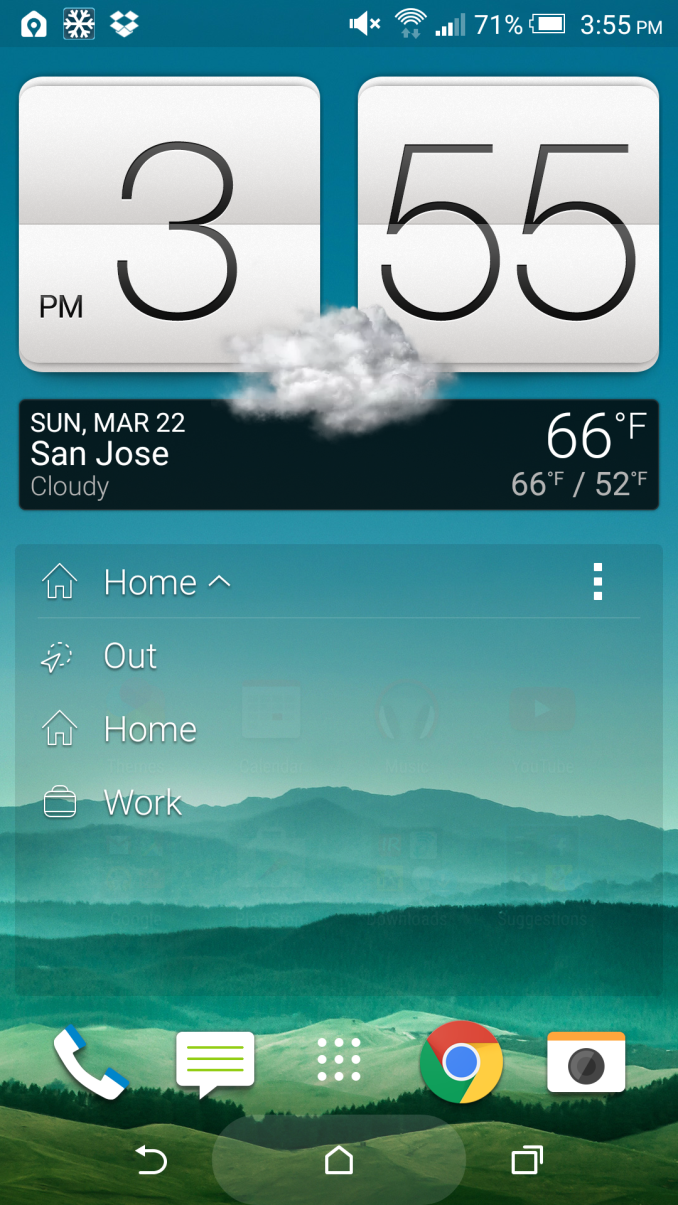
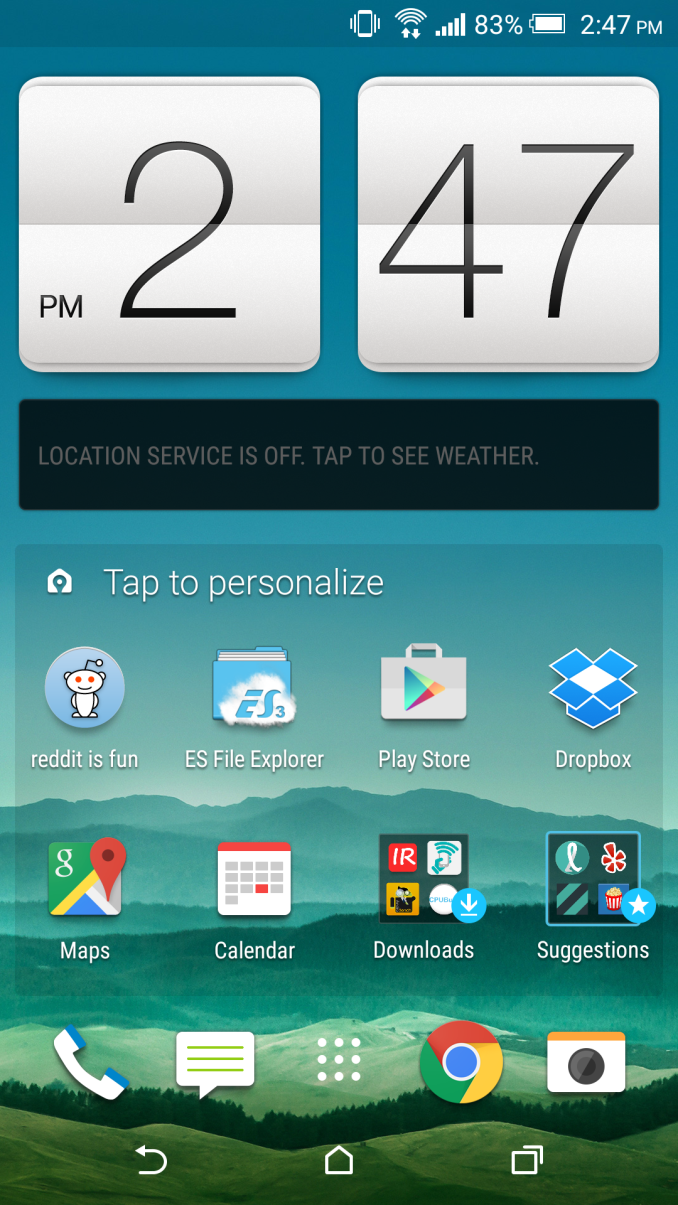
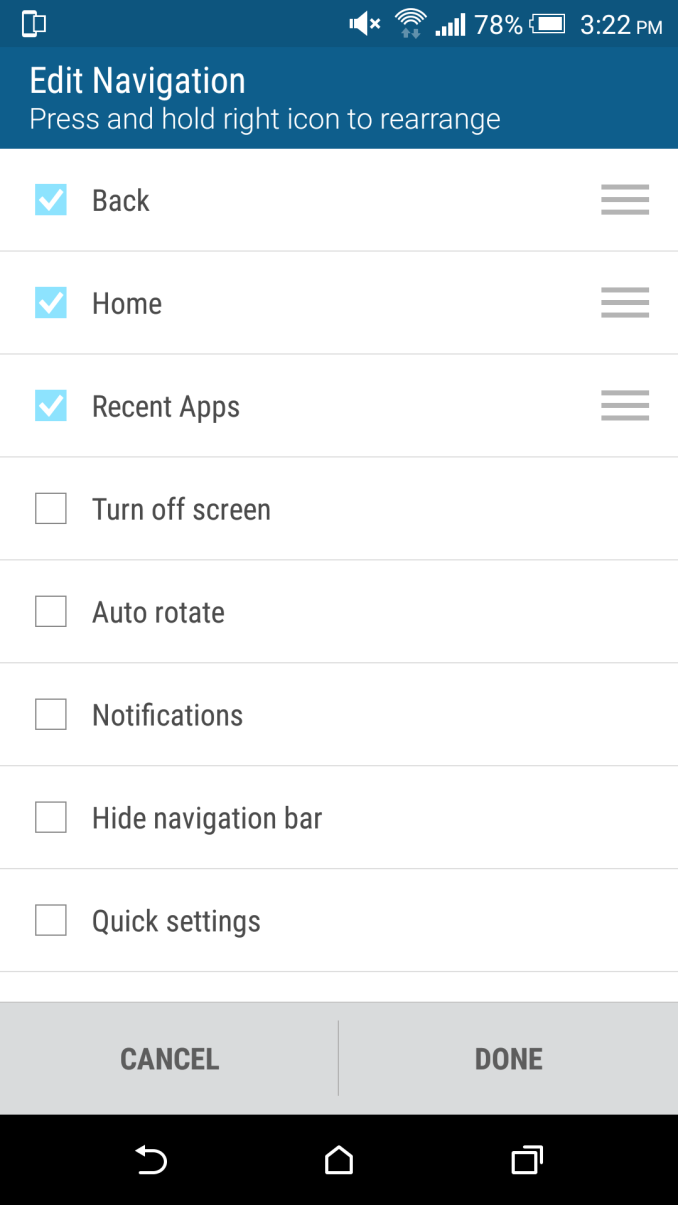
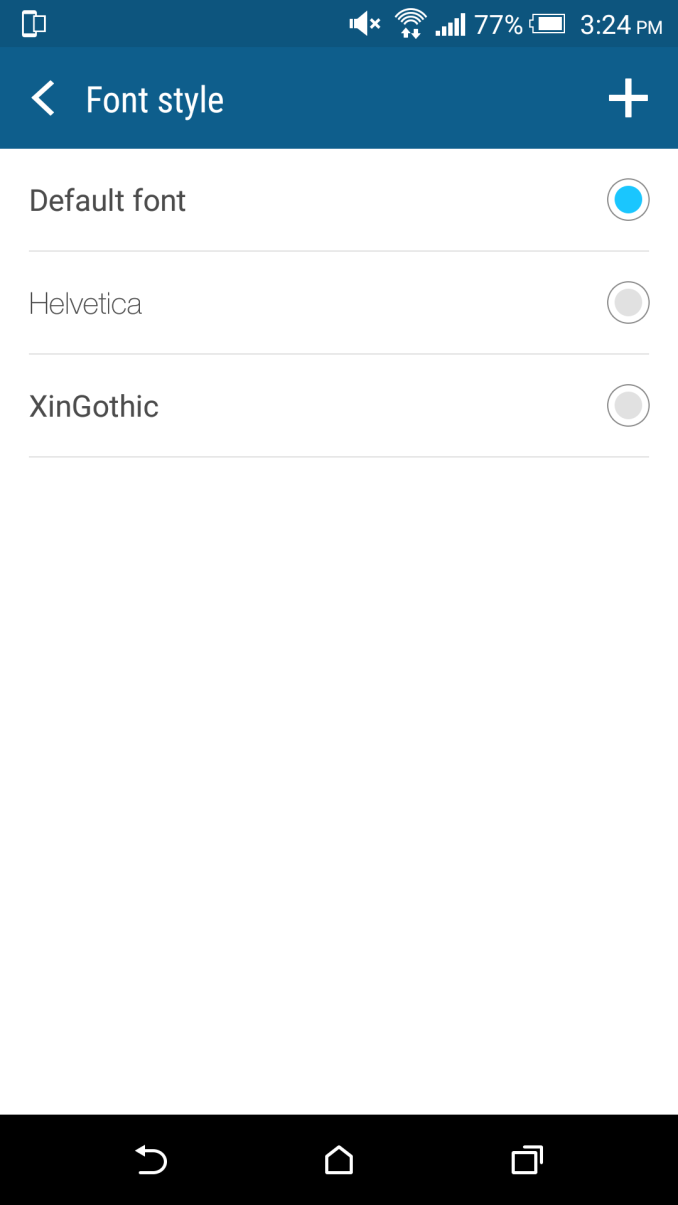
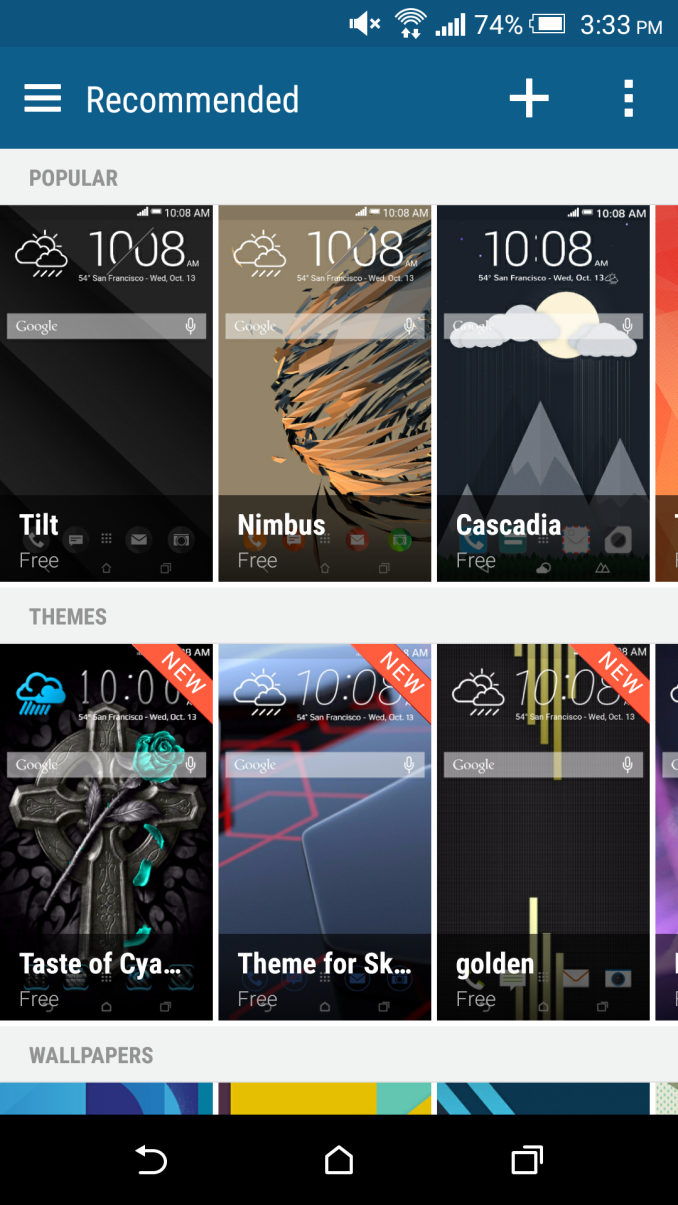
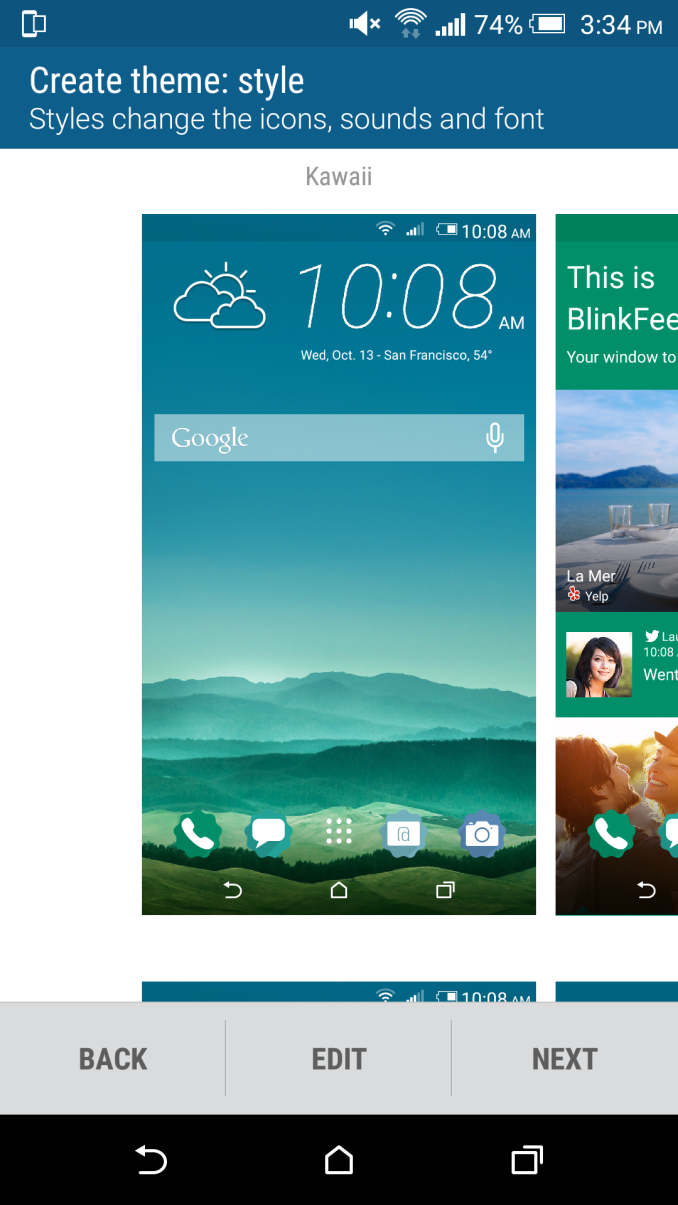
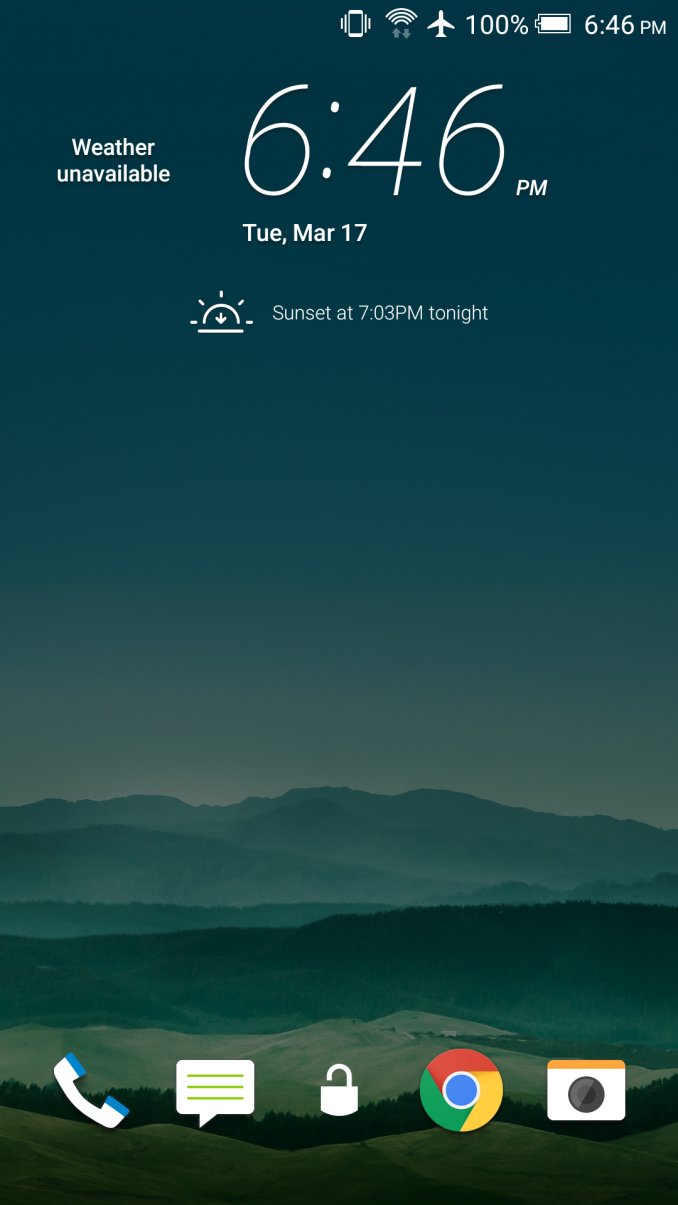
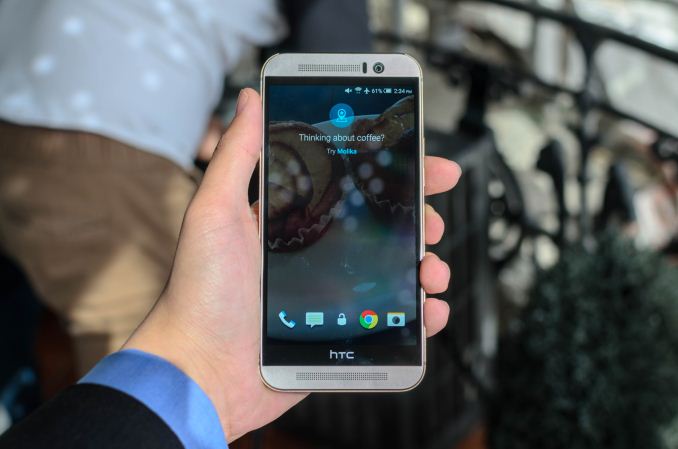
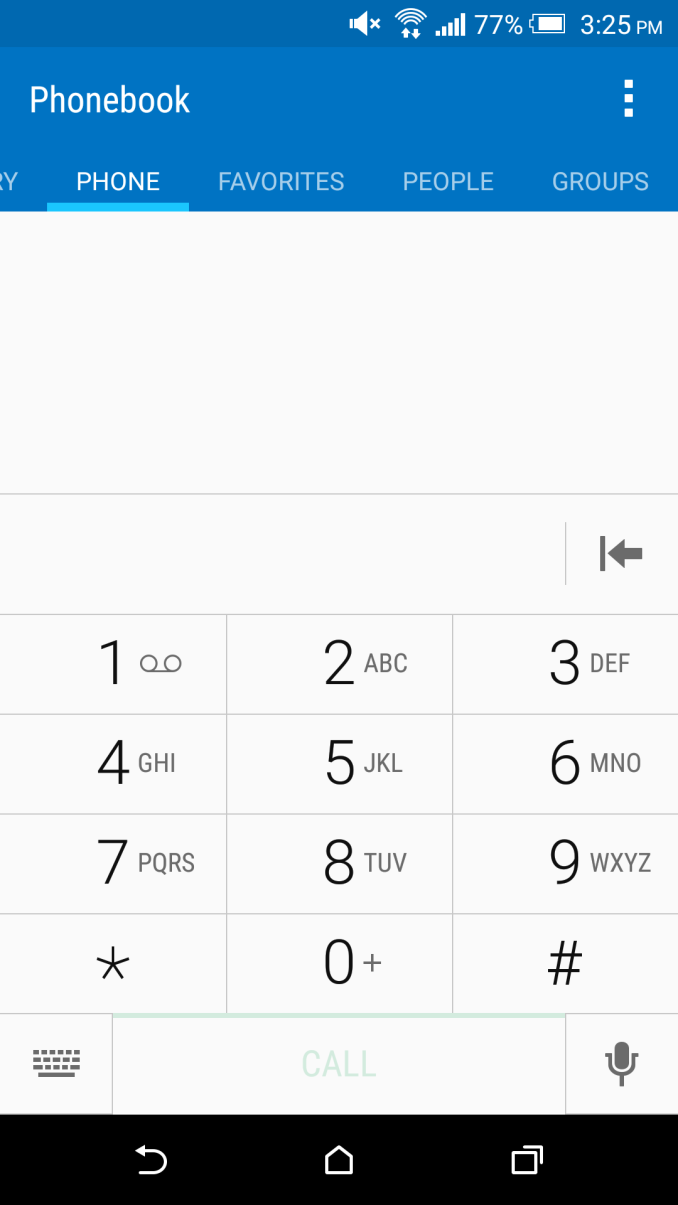
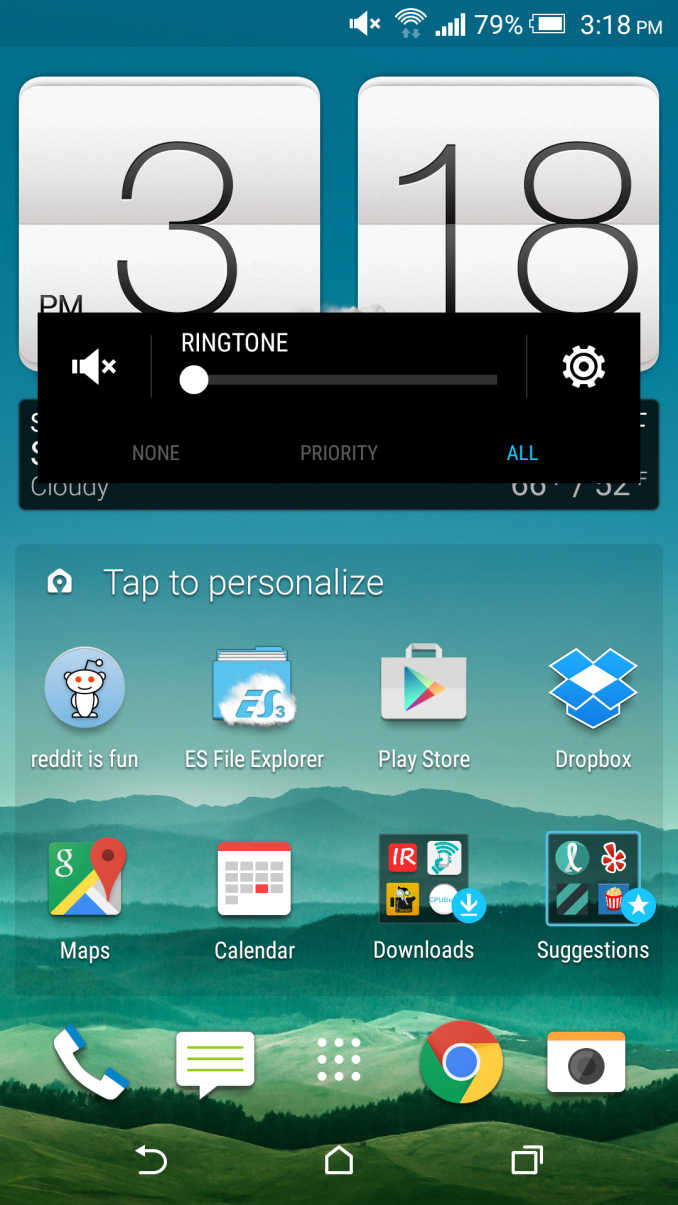
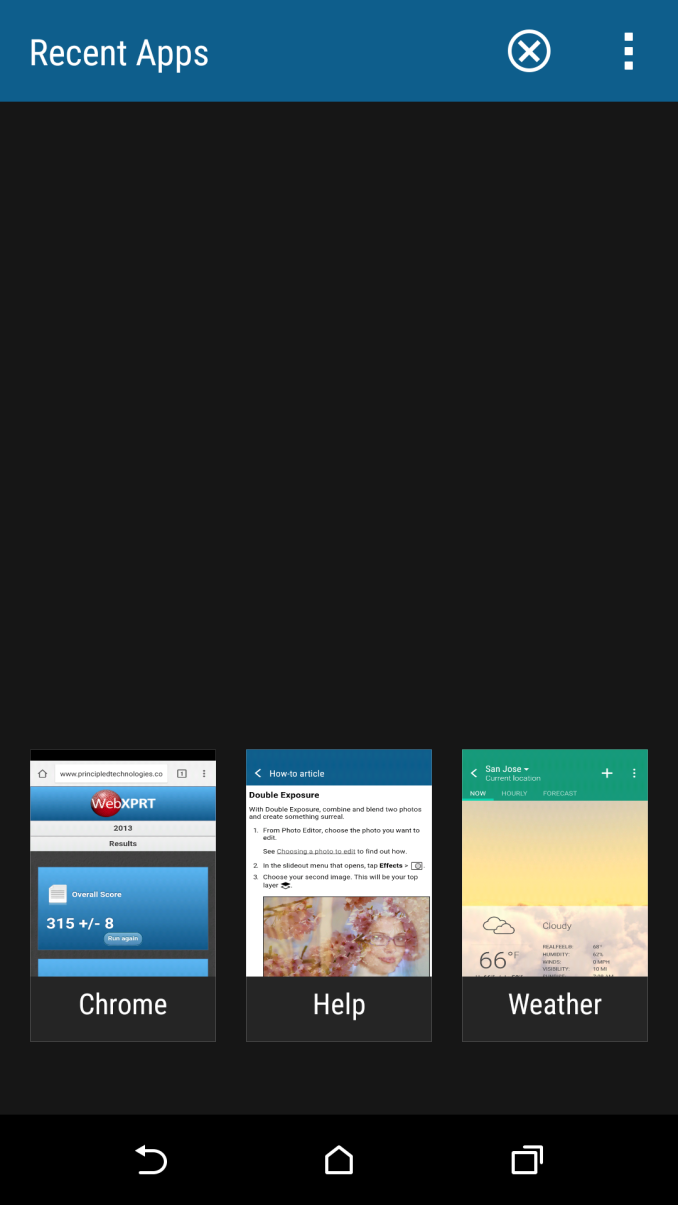
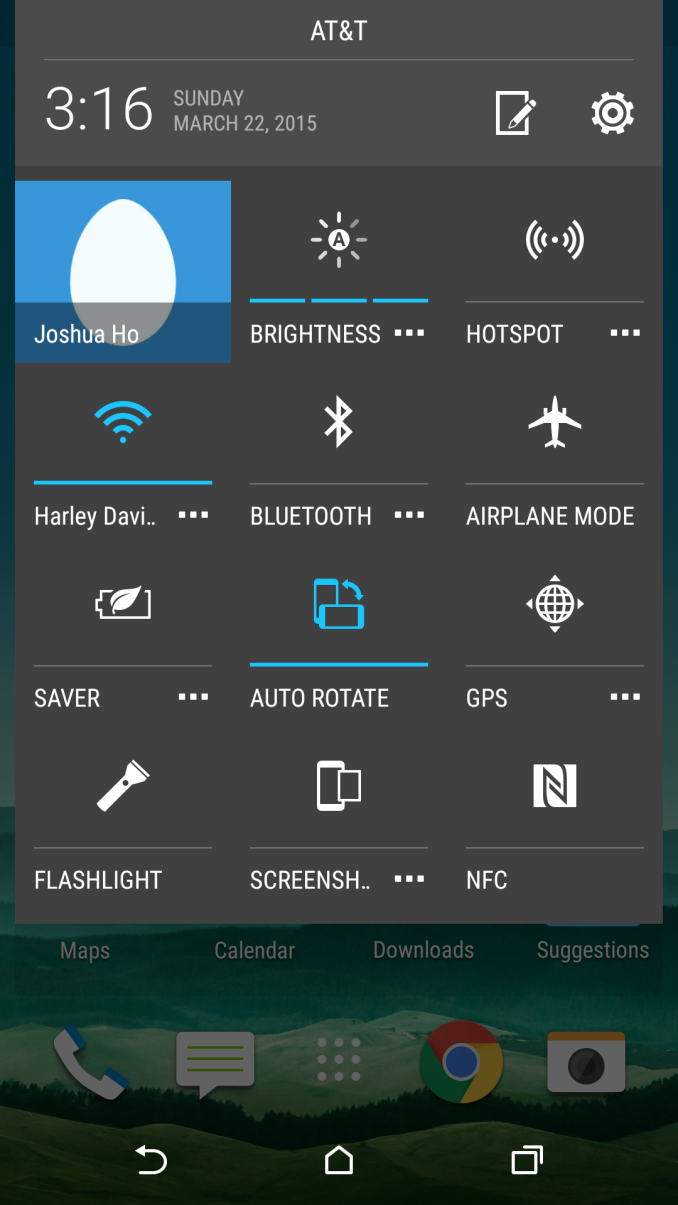








132 Comments
View All Comments
Snark Attack - Sunday, March 22, 2015 - link
while while while while while while whileSeriously Josh, you need to stop abusing that word. I've seen multiple instances of starting two sentences with while in several of your reviews. It's getting pretty tedious. I bet if I were to ctrl-f in other reviewer's articles, there will be significantly fewer matches.
Thanks for the review.
JoshHo - Sunday, March 22, 2015 - link
While abuse has been alleviated to some extent, thanks for the feedback.FunBunny2 - Monday, March 23, 2015 - link
of course, my textual abuse is somewhat, of course, less lethal.TedKord - Monday, March 23, 2015 - link
It's always sad to see someone addicted to abusing a word. There is help out there, but the first step is admitting you have a problem, and wanting to be helped.Just say "NO". (But not too often, or you could get hooked on it)
Quidam67 - Monday, March 23, 2015 - link
I enjoy reading the comments section for anandtech reviews because they attract a higher; more educated form of whiny b!tches.jjj - Sunday, March 22, 2015 - link
Any ETA for more on SD810? At least a vague range.Anyway, guess not much to say here, it's all bad. Maybe a drastic price cut would change the picture.
testbug00 - Monday, March 23, 2015 - link
What's the problem with the 810? It behaves exactly how an SoC that draws at least 7W running only the CPU at max clocks would...peterfares - Sunday, March 22, 2015 - link
HTC done messed upcandrews74 - Sunday, March 22, 2015 - link
I wonder if the issues with software are something that running a different OS would solve. I have two M8s one with Android and the other with Windows Phone 8.1 and the Windows phone version gets better battery life by about 24 hours in standby. When I use it for testing web sites, the Windows version also last longer and supports more JavaScript features than Chrome, its almost scary compared to desktop IE.I guess we will see if MSFT makes good on their promise that any Android phone can run Windows Phone 10 and see what this thing can do.
sprockkets - Sunday, March 22, 2015 - link
Interesting, yet arstechnica found that the power save mode on the android version beats the windows version. YMMV.